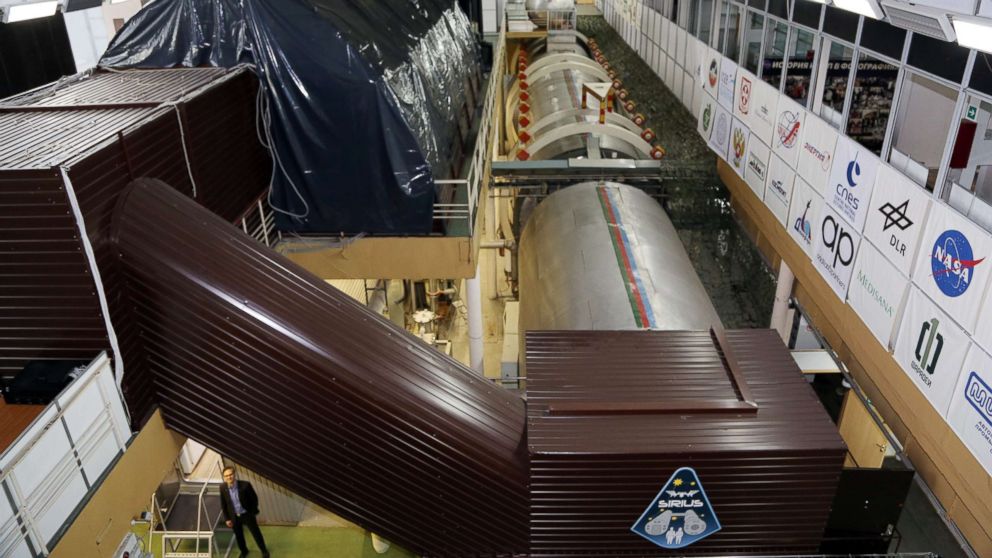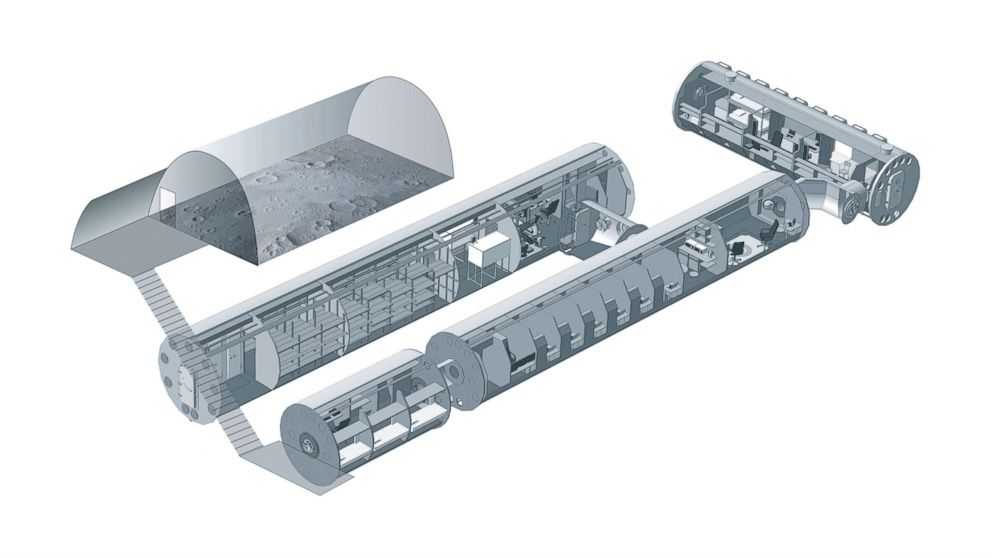New Mars Forums
You are not logged in.
- Topics: Active | Unanswered
Announcement
#1 2018-03-04 18:44:20
- Number04
- Member
- From: Calgary Alberta Canada
- Registered: 2002-09-24
- Posts: 162
Safety in Analog Missions
Is anyone aware of how technical standards and procedures are implemented at analog sites?
With the growing number of Martian analogues, it would seem prudent to create a standard that would cover the construction, operation, facilities maintenance, and safety of the crew in order for these sites to be standardized. This would have several benefits:
Allow crews to easily move from one site to the next as they would have standard systems
Allow for data to be collected at one site and be used on others
Build on solid engineering principles and accelerate the creation more sites.
As for safety, recently there was an accident at the HI-SEAS facility that resulted in the cancellation of the mission. During my time on Crew 188 at the MDRS, there was a propane leak that was of great concern for the crew. Collecting these lessons learned and providing a standard for future missions would be really beneficial.
In February 2018, there were four Mars analog missions happening around the world. That's a lot of knowledge to be shared.
Is anyone aware of anything like this in the works?
Offline
Like button can go here
#2 2018-03-04 18:53:11
- louis
- Member
- From: UK
- Registered: 2008-03-24
- Posts: 7,208
Re: Safety in Analog Missions
Personally I'd like to see a single much more sophisticated Mars analogue station: a large pressurised (Mars pressure) warehouse space with Mars analogue regolith and temperatures on a Mars sol/seasonal cycle, and appropriate artificial insolation and radiation levels. Parts of the space could have Mars exploration sumulation (stationary rovers moving on rollers "into" a projected exploration screen. This would probably cost hundreds of millions of dollars but I think it would be worth it.
Let's Go to Mars...Google on: Fast Track to Mars blogspot.com
Offline
Like button can go here
#3 2018-03-04 21:51:33
- SpaceNut
- Administrator
- From: New Hampshire
- Registered: 2004-07-22
- Posts: 29,783
Re: Safety in Analog Missions
When we are looking at mars the safety will come back to the mission plan and then looking at the potentail for mishaps that could occur. Trips, falls, ect.. will all the practicing at these sites its a good thing that they were not on mars for real. We will never be able to remove the human part of the elements of moving on the surface we can only lessen the chances but a check of the equipment and how its going to be used. Changing the equipment used to make it safer is about looking at the mission.
Offline
Like button can go here
#4 2019-02-18 21:00:21
- SpaceNut
- Administrator
- From: New Hampshire
- Registered: 2004-07-22
- Posts: 29,783
Re: Safety in Analog Missions
Study of analog crews in isolation reveals weak spots for Mission to Mar

The Northwestern researchers have been culling data from the Human Experimentation Research Analog (HERA) at Houston's Johnson Space Center. HERA's capsule simulator houses crews for up to 45 days; a mock mission control outside the capsule augments the realism with sound effects, vibrations and communication delays. Those on the inside undergo sleep deprivation and try to perform tasks. The researchers collect moment-to-moment metrics about individual performance, moods, psychosocial adaptation and more.
Northwestern University researchers are developing a predictive model to help NASA anticipate conflicts and communication breakdowns among crew members and head off problems that could make or break the Mission to Mars.
NASA has formalized plans to send a crewed spacecraft to Mars, a journey that could involve 250 million miles of travel.
Its called a command structure...
Their NASA studies address different aspects of the crew's challenges:
The likelihood that the crew and its support teams on Earth will have good chemistry and coping mechanisms; how to predict possible crew-compatibility outcomes
Work design; structuring the workflow so that astronauts can better manage transitions from solo to team tasks
Identifying and building shared mental models, whereby a team of varied specialists can find enough common ground to effectively accomplish their tasks but not so much that they engage in "group think" or form alliances.
Offline
Like button can go here
#5 2019-03-20 20:02:56
- SpaceNut
- Administrator
- From: New Hampshire
- Registered: 2004-07-22
- Posts: 29,783
Re: Safety in Analog Missions
Simulation for the LOP-G moon station but this could be mars as well.
Space simulation sees Americans and Russians sealed in isolation for 4 months
A group of American and Russian volunteers this week were sealed into a collection of mock space modules in Moscow at the start of a four-month isolation experiment intended to simulate a mission to the moon. There, they will be confined to a collection of cramped tubular constructions inside a hangar-like hall at the institute for 120 days. The modules are hermetically sealed, meaning they have their own atmosphere, and the crew will not leave or see any other human beings for the duration of the mission.
The simulation, called SIRIUS-19, is an unusually lengthy isolation experiment organized jointly by the Russian Institute and NASA. It one of a number of international experiments underway that's intended to help inform plans for future deep space travel by studying the physical and psychological effect of months-long isolation.
The modules are linked by metal tunnels that have to be crawled through, sealed off by hatches modeled on those from Russia’s Soyuz spacecrafts. The living quarters are roughly about 40 meters squared -- a long corridor with submarine-like cabins that contain a tiny desk, a cupboard and a bed. A kitchen area is furnished with just a microwave and hot water. A common area for relaxation has some beanbags and a large television.


The team’s mission is multi-stage. First, they must make the 10-day flight to the moon, where they will simulate docking with an orbital station. Two of them will then leave the living modules, landing to the “surface” of the moon -- another enclosed area where the two explorers will wear virtual-reality goggles as they collect samples and fix a damaged moon rover. New modules will open to the crew as they progress.
Now sealed inside, the team will receive food and supplies through an airlock. Intelligent lighting will mimic daylight on Earth, dimming and brightening as its follows sunrise and sunset. The living areas are clad entirely in light wood, a surrounding found to be more soothing for crews than the metal of spacecraft.
Offline
Like button can go here